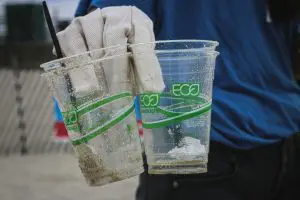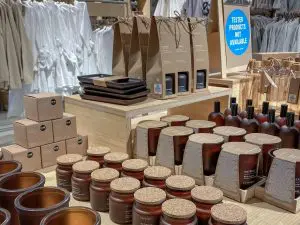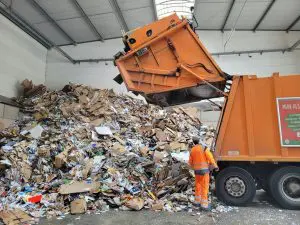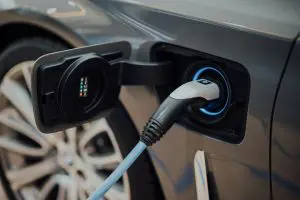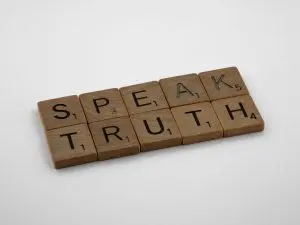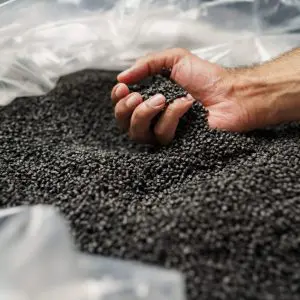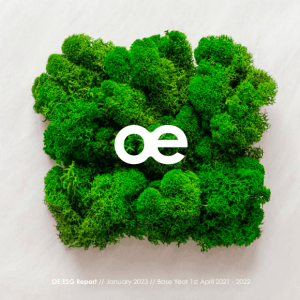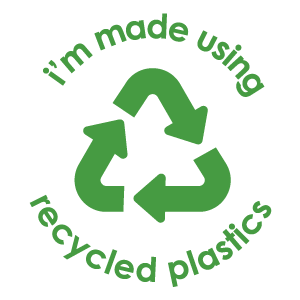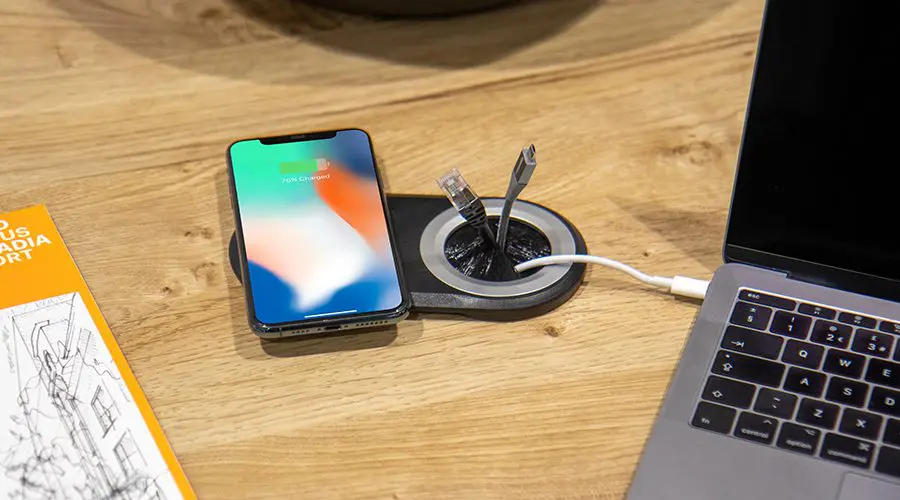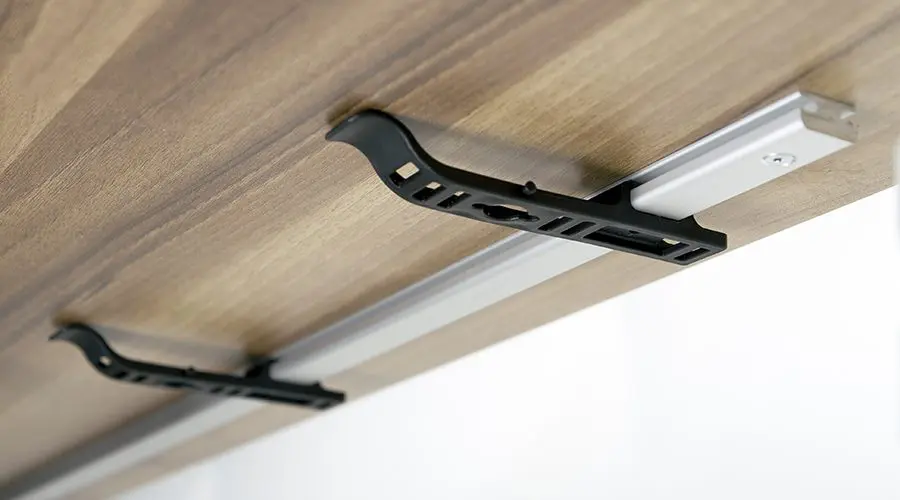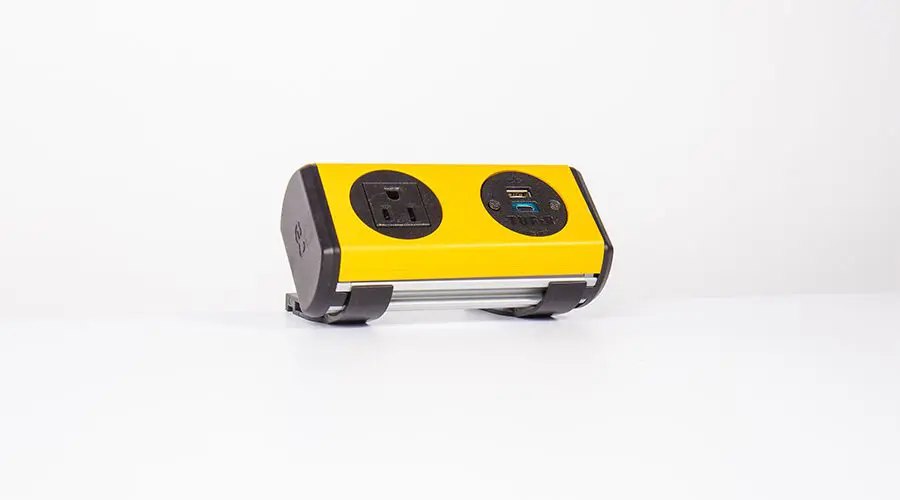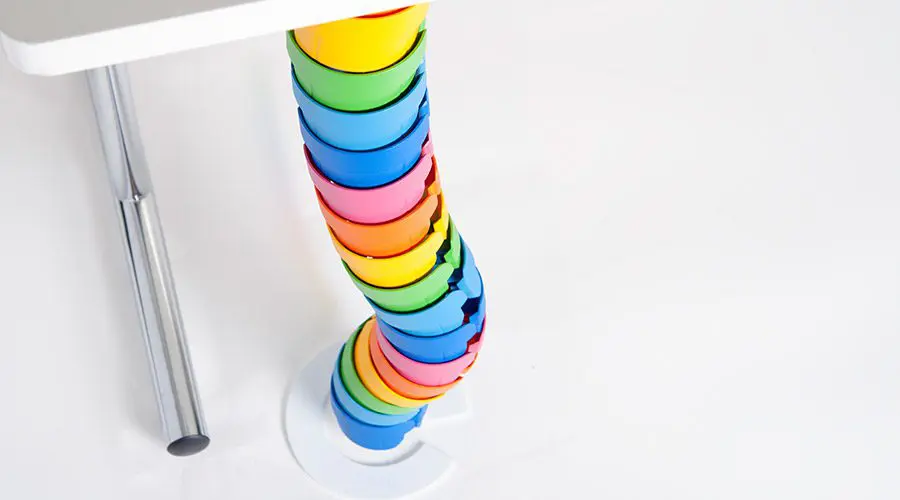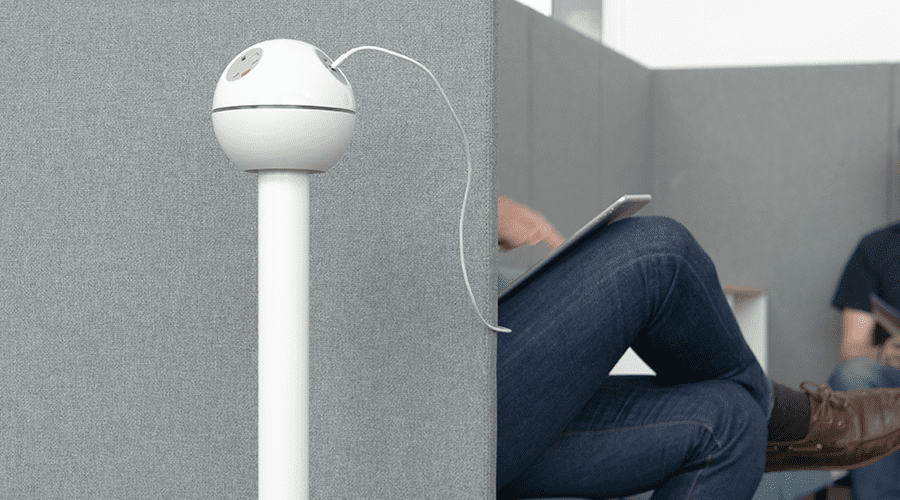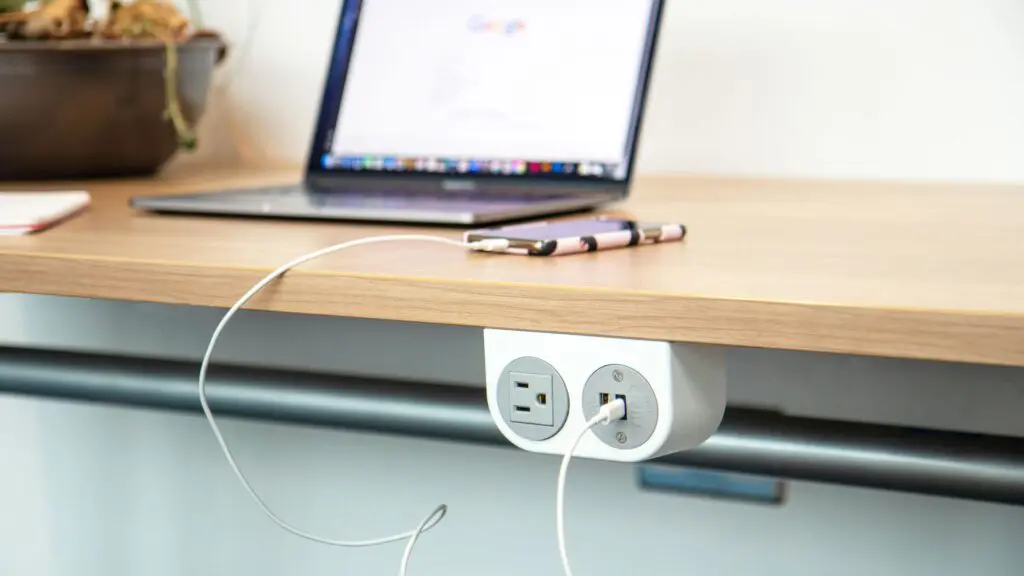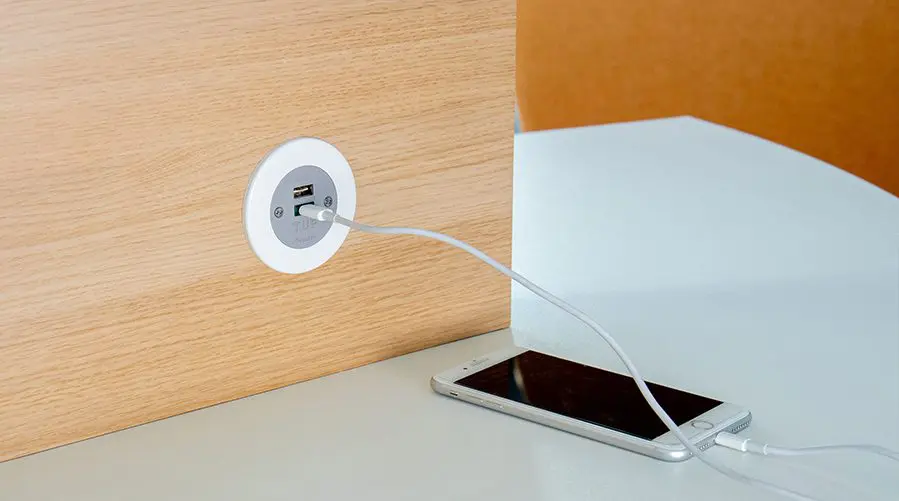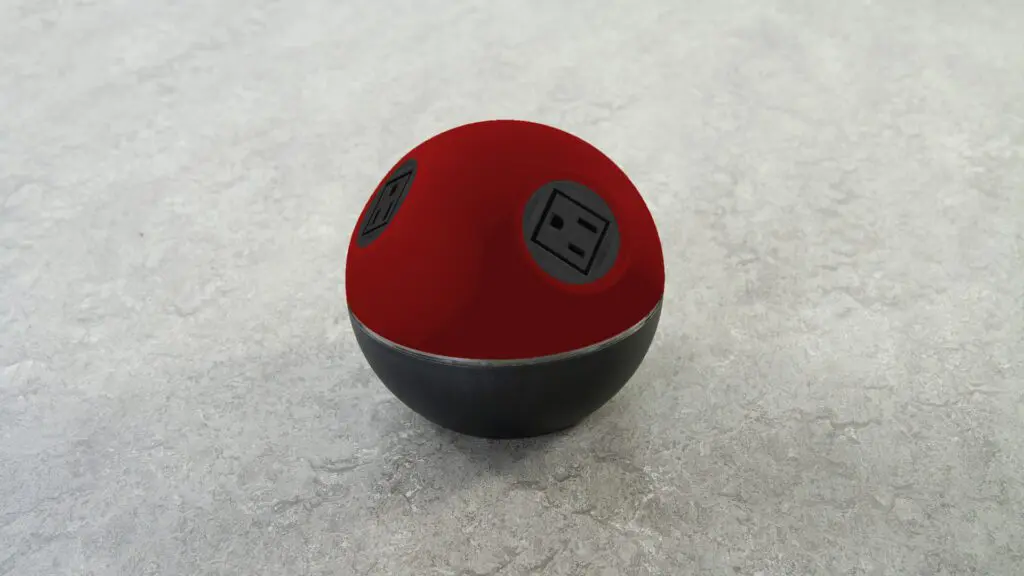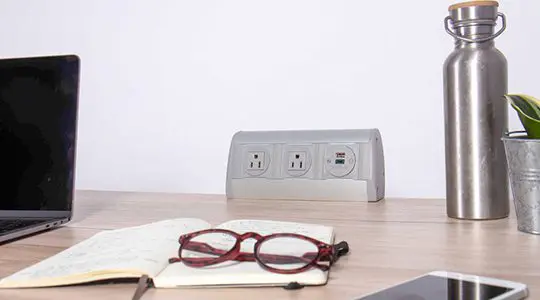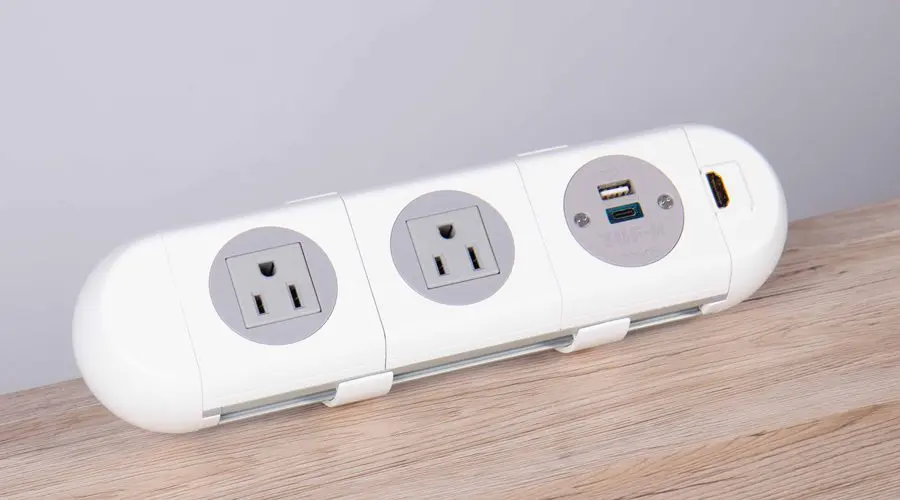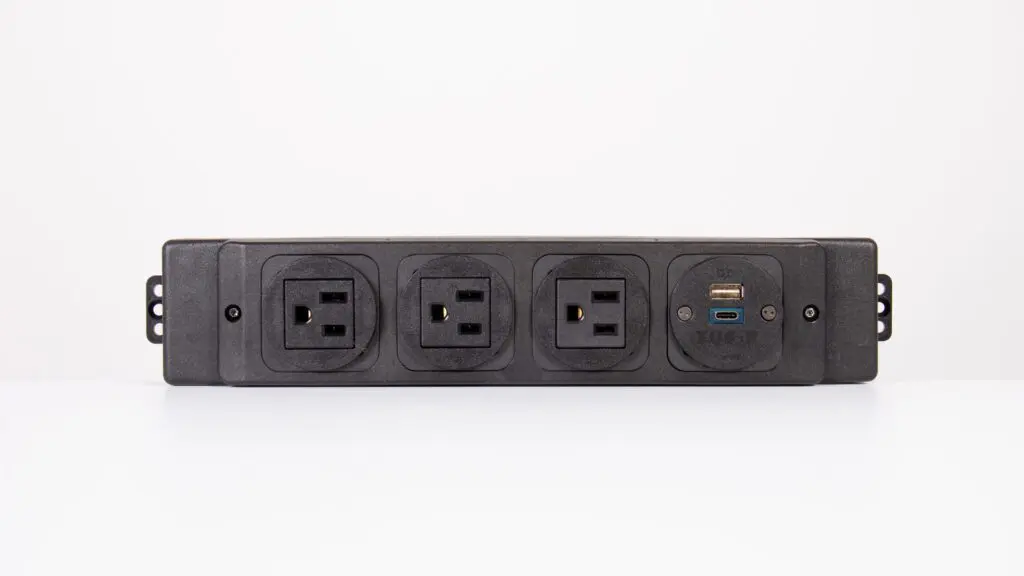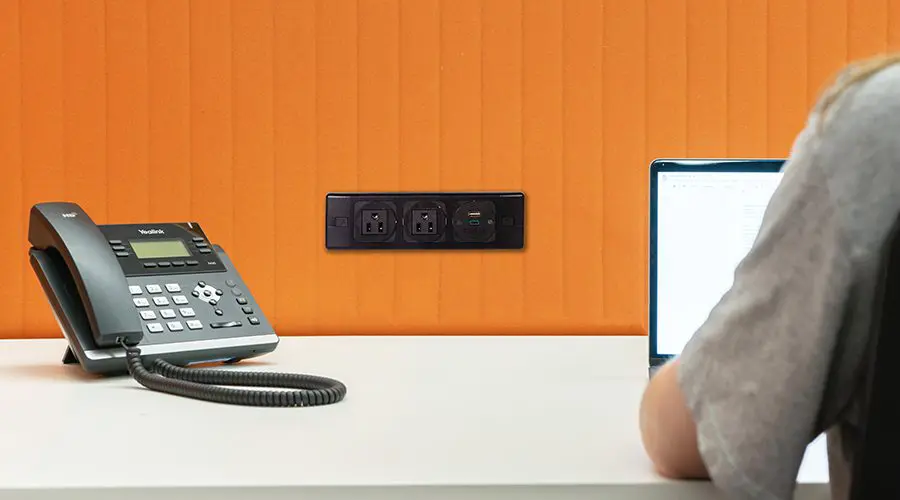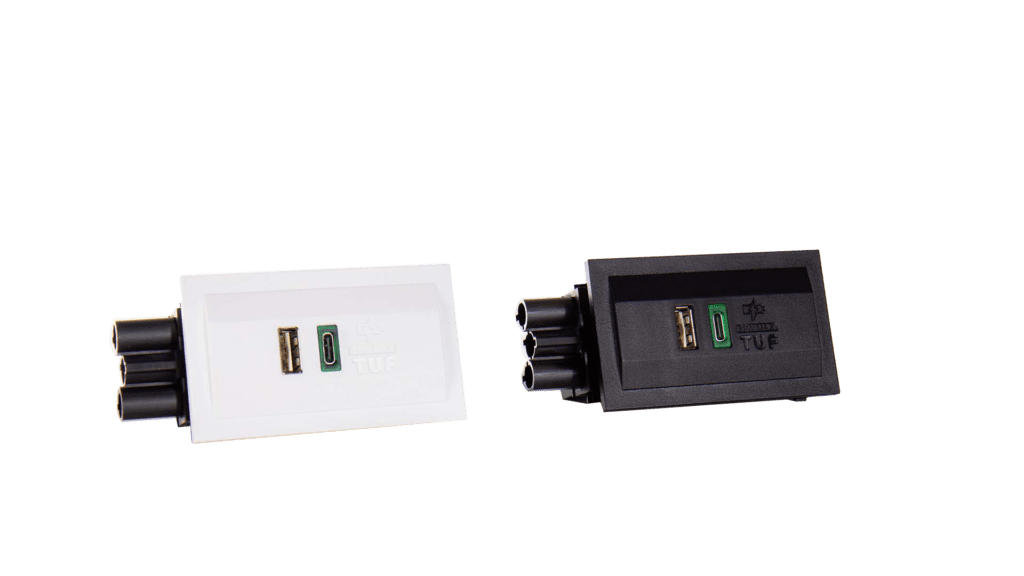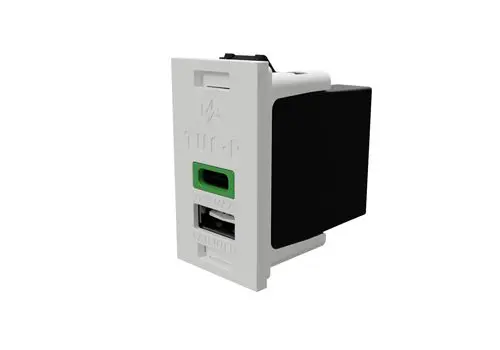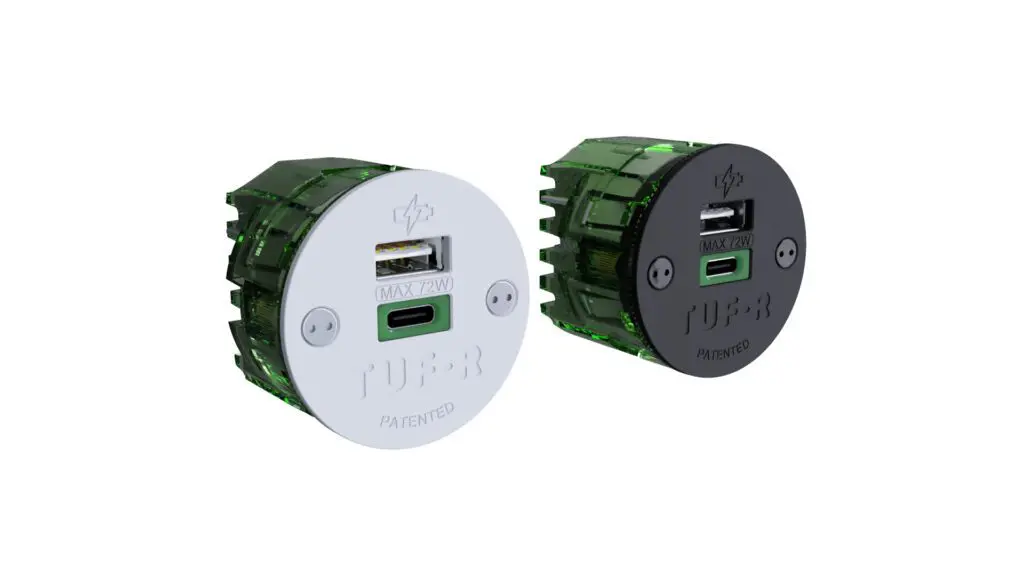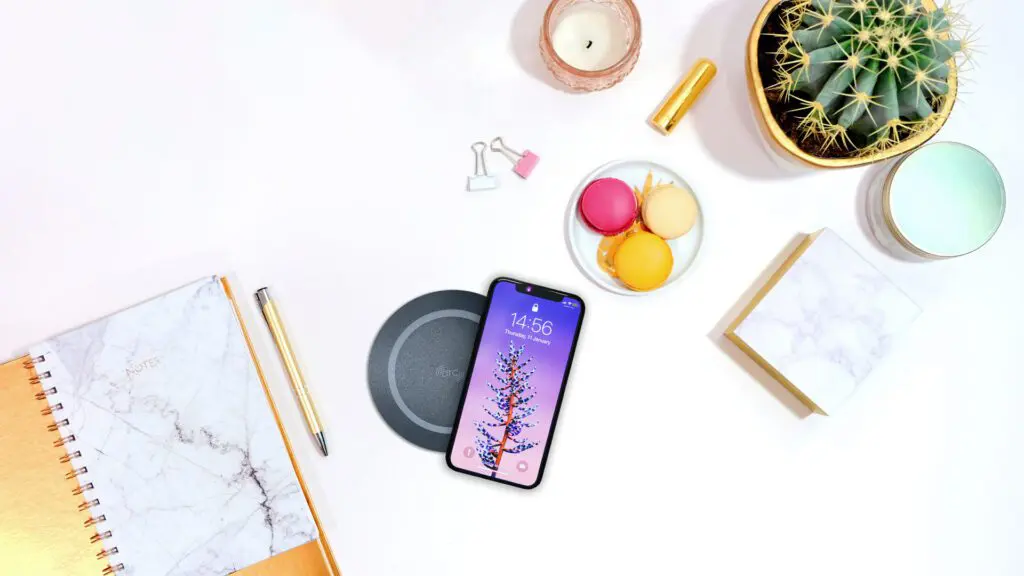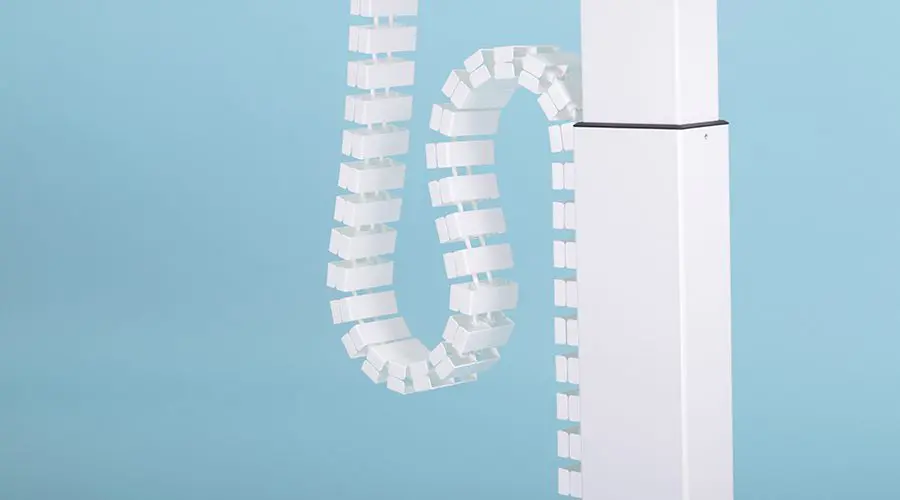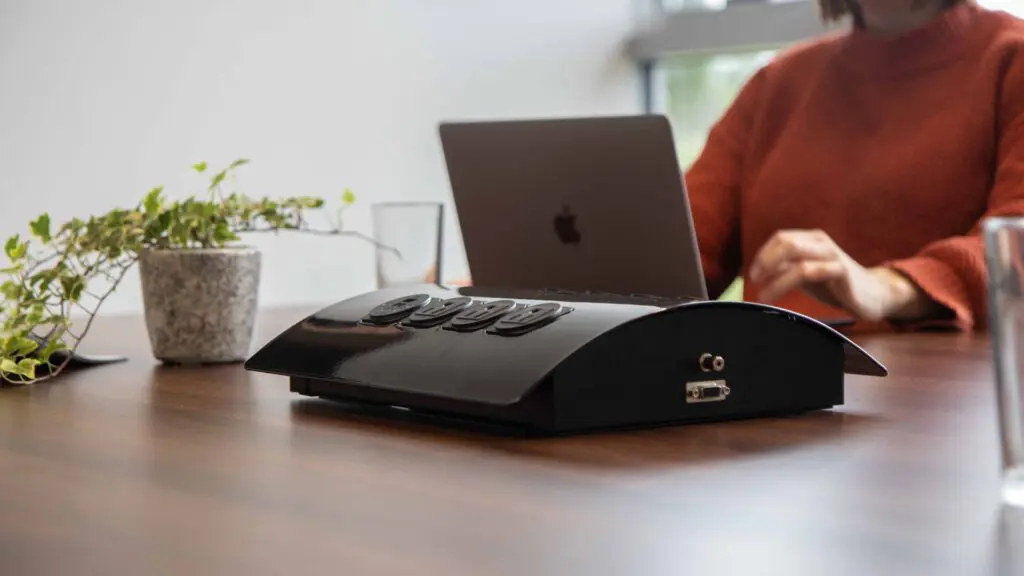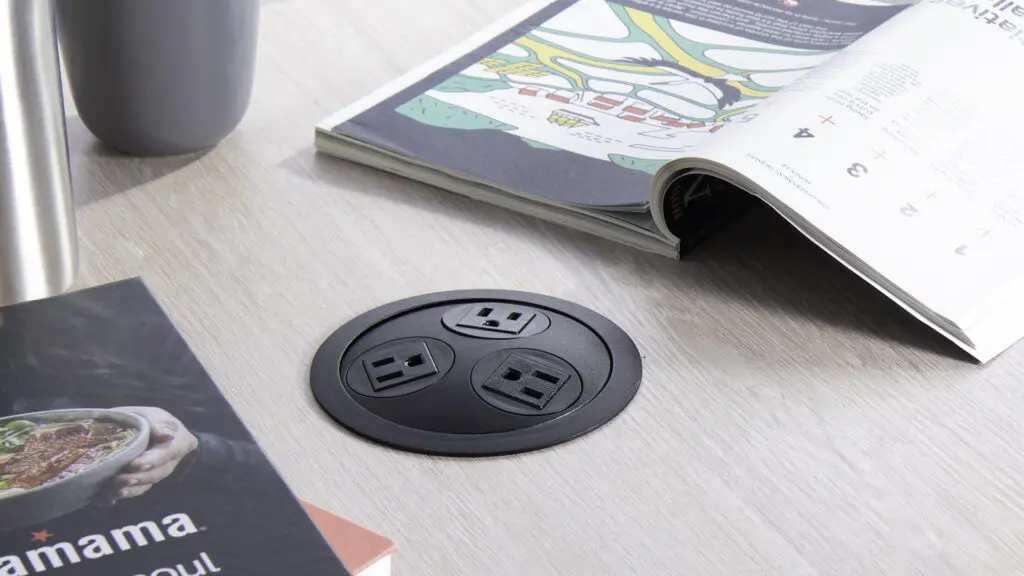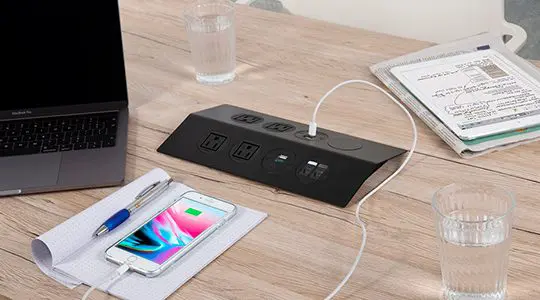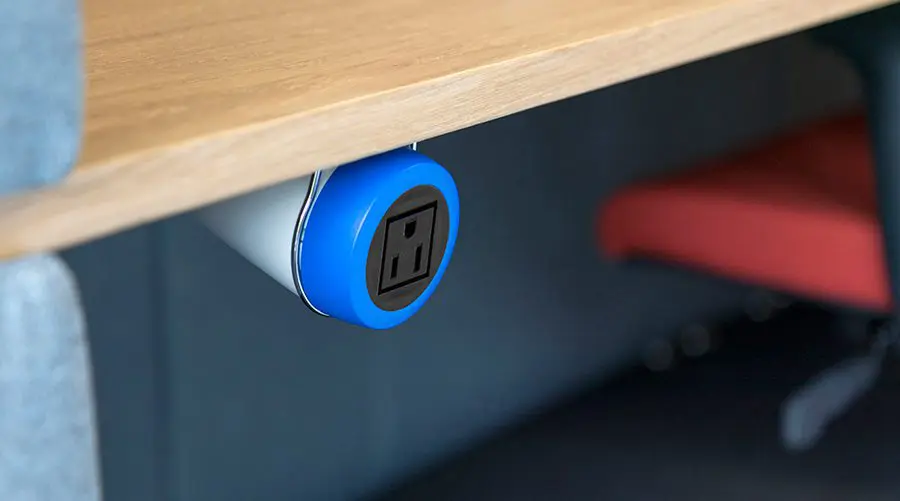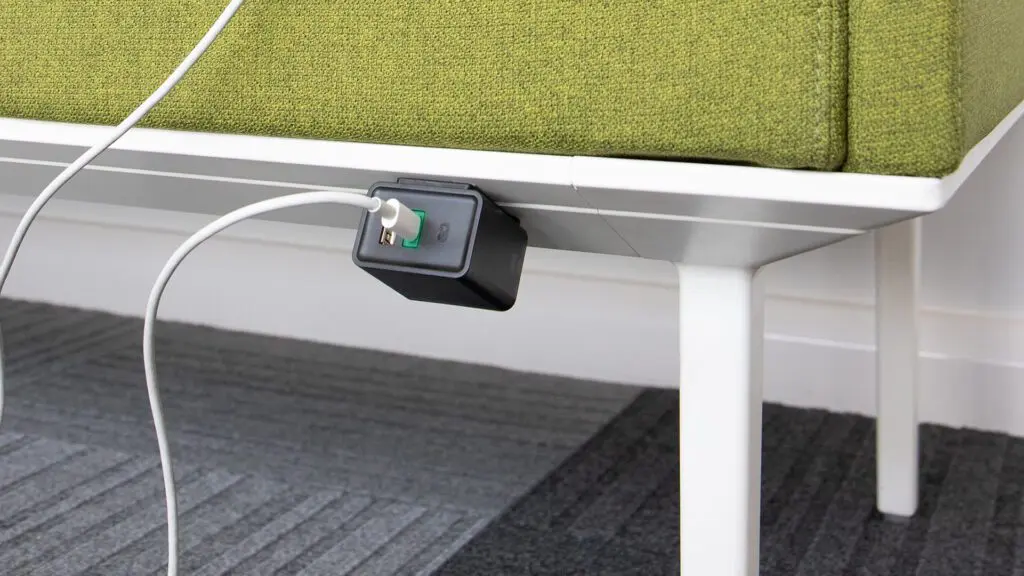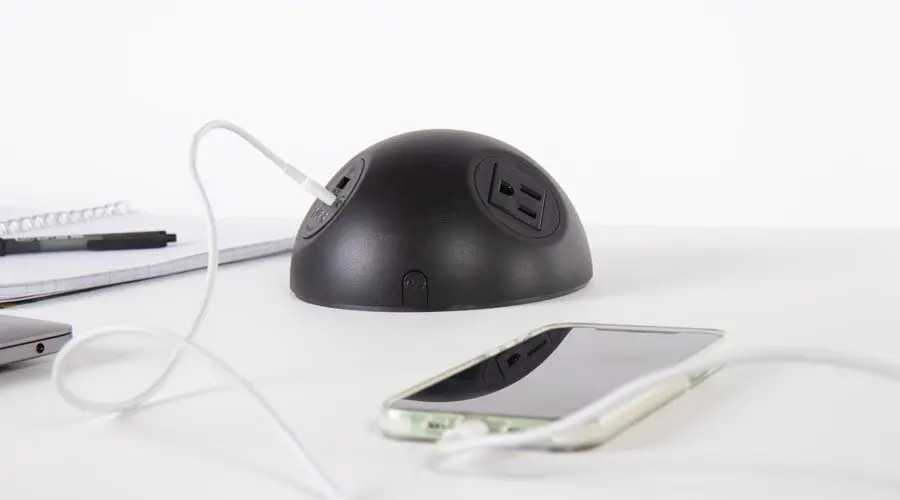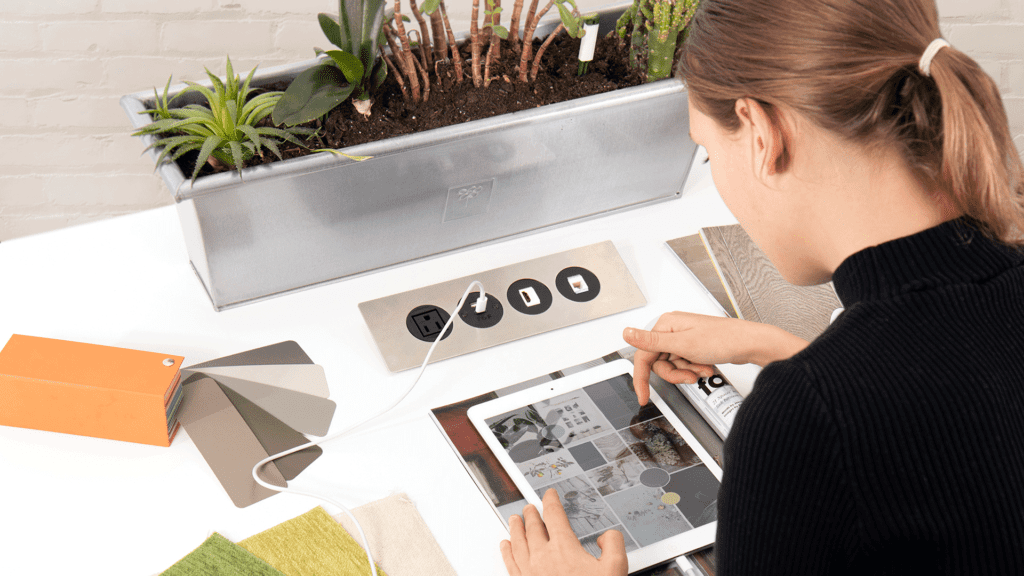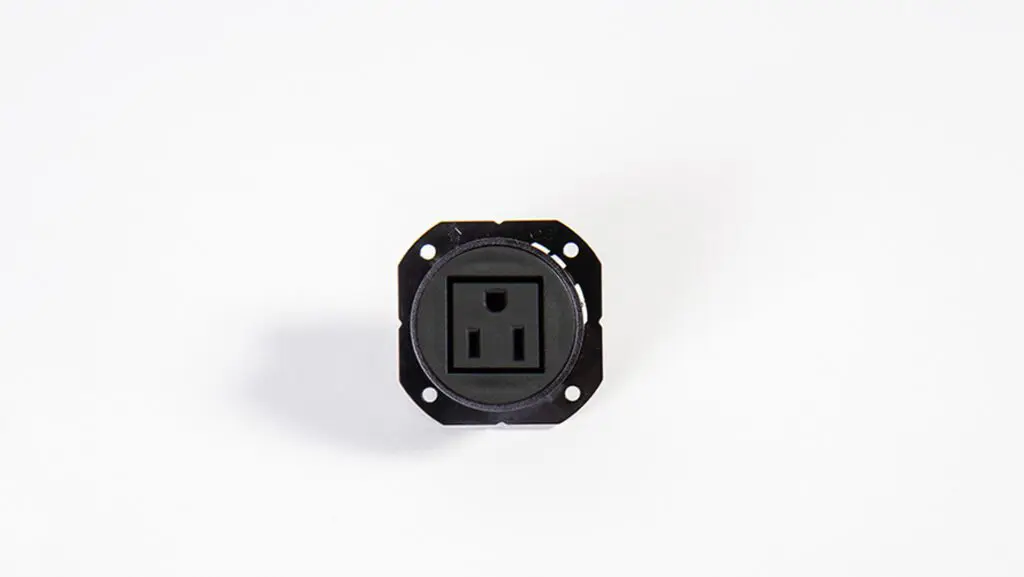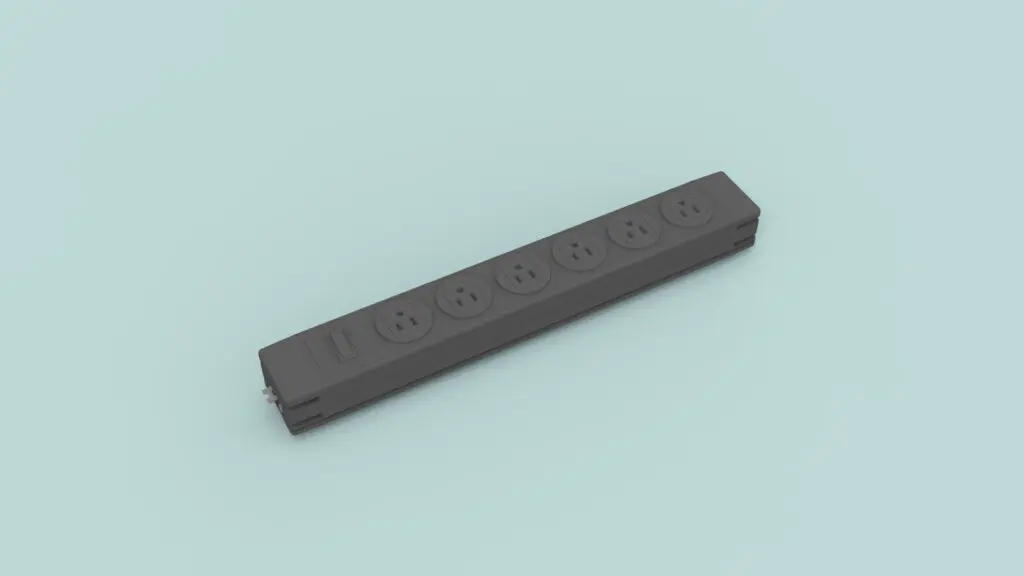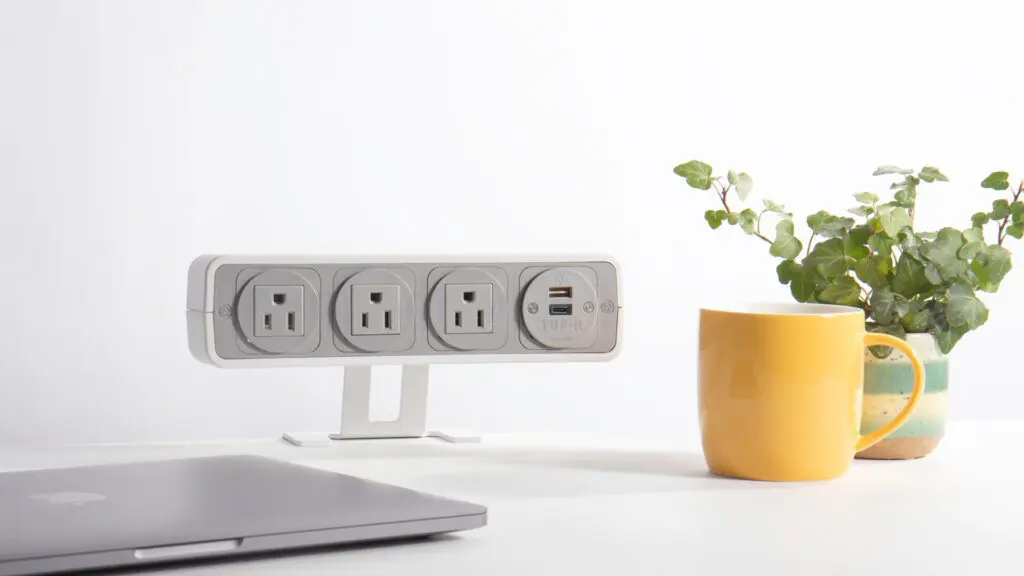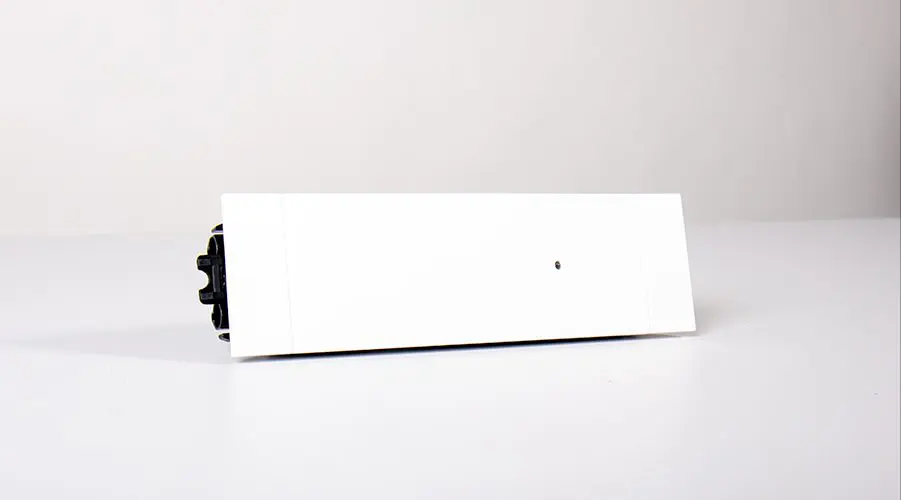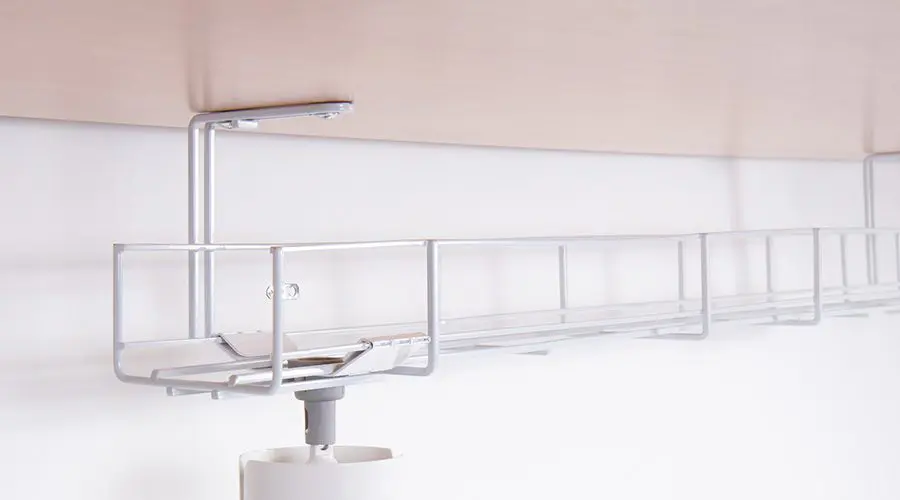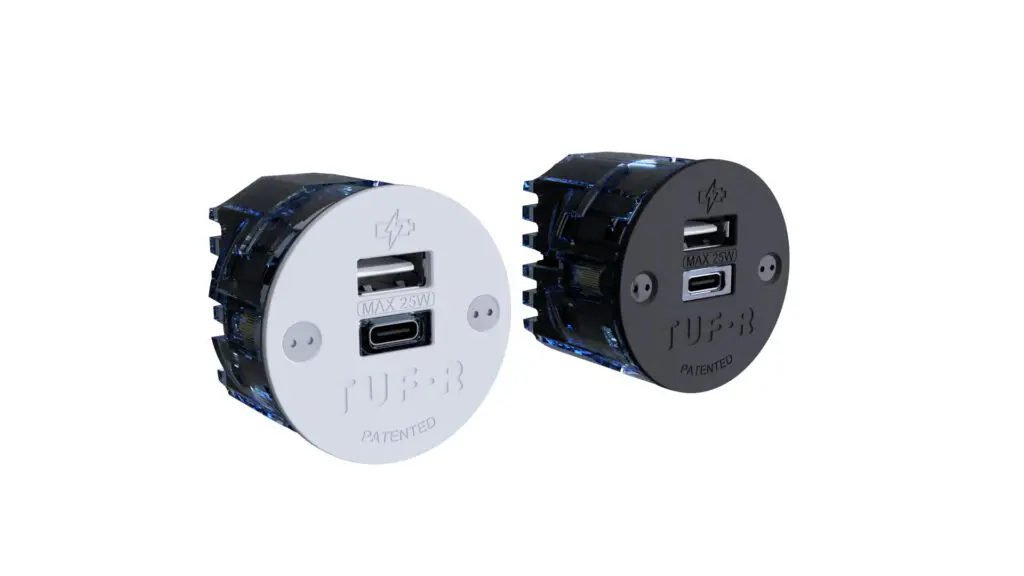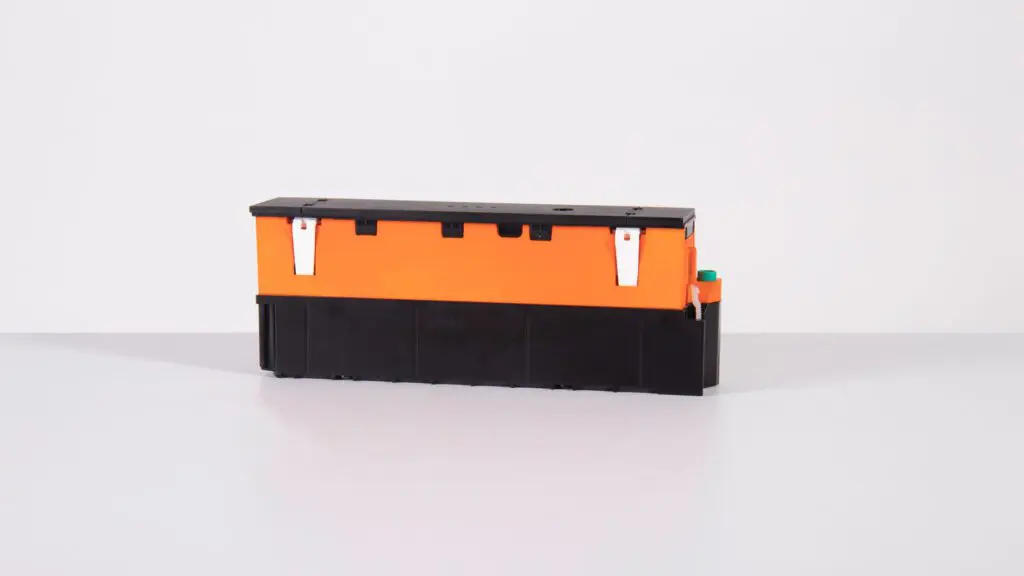Everywhere you look these days, companies are calling themselves sustainable.
From “eco-friendly” packaging to “green innovation” taglines, it seems every brand is vying for the planet’s approval. And while that enthusiasm is brilliant in theory, there’s a growing problem behind it…
Not all sustainability claims are created equal.
Greenwashing happens when a company appears environmentally responsible without backing it up with concrete action. It’s marketing dressed up as morality.
And it can make it difficult for customers, partners, and even employees to tell who’s genuinely sustainable and who’s just saying the right things.
The good news? Once you know what to look for, you can spot greenwashing a mile away.
In this post, we’ll break down the telltale signs of real versus just-for-show sustainability, including practical checks you can apply to any company, brand, or supplier.
Because sustainability isn’t just about sounding responsible.
It’s about proving it — every day, in every detail.
1. Check their sustainability statements: are they specific or just fluff?
If a company’s sustainability page reads like a Hallmark card (“we strive to reduce our impact,” “we endeavor to care for our planet”), that’s a bit of a tip-off.
Real sustainability is measurable, traceable, and has deadlines.
Instead of vague fluff, look for SMART goals: these are Specific, Measurable, Achievable, Relevant, and Time-bound.
If you can’t tell what they’re doing or when, odds are they’re just waving the green flag.
How OE does it:
OE has committed to becoming carbon-neutral by 2035 — not by offsetting alone, but by actually cutting emissions at the source.
We publish CO₂ datasheets for our products (ex. PLY: 4.54 kg CO₂e, PIXEL: 1.51 kg, POP: 0.63 kg) so you can see what’s behind the curtain.
98% of our packaging is plastic-free, made from recyclable card and paper.
That’s measurable progress, not poetic language.
2. Look for a track record, not a recent “green” makeover
Anyone can slap a sustainability badge on a website. The question is: have they been doing it for a while, or did they just discover “eco” sells?
If you can find evidence of sustainability practices going back years — reports, milestones, old product lines designed for efficiency — that’s a sign they mean it.
How OE does it:
We started tracking our environmental impact in 2017 and installed electric vehicle chargers that same year.
Our founder, Tim, set a local supplier goal back in the early 2000s — working with partners within a 90-minute radius wherever possible.
OE House (our HQ in the north of England) was built in 2017 with sustainability baked in: natural ventilation instead of central AC, solar panels, and a water system designed for efficiency.
We didn’t just hop on the bandwagon. We helped push it up the hill.
3. Check for credible certifications and memberships
Good intentions are nice. Third-party audits are better. 👍
When a company is certified or rated by credible organizations, it means someone outside the building actually verified their claims. Accreditations often require documentation, audits, and proof. You can’t just buy the badge (well, not easily).
Here are a few good standards to look for:
ISO 14001 (environmental management)
EcoVadis (sustainability audits for B2B companies)
B Corp (for consumer-facing businesses)
RoHS, REACH, GreenGuard, Cradle to Cradle, or similar product standards
Most companies won’t have ALL of these at once, since memberships are pricey. But ideally you want to see one or more to show a company is legit.
On the other hand, beware of vague or pay-to-play green seals and self-declared badges, things like:
Generic “eco-friendly” or “green choice” labels without clear criteria
Internal “certifications” companies create for themselves (e.g., “XYZ Sustainable Partner” programs with no audits)
They sound official but usually have no independent verification, so can’t be easily trusted.
How OE does it:
OE holds ISO 14001 certification, proving we identify and minimize our environmental footprint through regular audits.
We’re also part of EcoVadis, where our sustainability plan has advanced from Bronze to Silver rating — putting us in the top quartile of assessed companies.
Our products comply with RoHS and REACH, limiting hazardous substances and ensuring safer materials.
4. Follow the materials trail — packaging tells a story
Packaging and materials are often where talk meets truth.
If a company claims to care about waste but ships everything in heaps of plastic, that speaks volumes.
Look for recycled or recyclable packaging, low-plastic designs, and products engineered for circularity — meaning components can be repaired, reused, or recycled. This shows a company is walking the walk, rather than just talking about sustainability.
How OE does it:
98% of our packaging is plastic-free.
Our new Pip 2 and 3 in-surface charging units use up to 65% post-consumer recycled plastic (materials reclaimed from old electronics that would otherwise end up in landfill.)
This came from a philosophy inspired by our founder Tim, who fell in love with the idea of the circular economy — giving materials new life instead of a one-way trip to the bin.
5. Look beyond the planet…and into the people and supply chain
True sustainability isn’t just about the environment. It’s also about how a company treats the humans behind its products and the ripple effects of its supply chain.
Ethical labor, fair wages, safe conditions, and transparent sourcing matter just as much as carbon data when it comes to caring.
How OE does it:
We joined the Slave-Free Alliance in 2021, opening our supply chain to an independent review of potential human-rights risks.
We gather our own data from suppliers — wages, conditions, policies — instead of just accepting a box-ticked audit.
We aim to work locally whenever possible (90-minute supplier radius) and directly measure our Scope 3 emissions, which account for 93% of our total footprint.
Ethical sourcing matters. And we can attest that it’s far from easy in the manufacturing industry. (We’ll come back to this point in a minute…)
But companies making positive choices where possible show their genuine heart for sustainability.
6. Spot the little proof points
If sustainability is real, you’ll see it everywhere…not just on a dedicated page.
It’ll show up in the small things: product specs, employee initiatives, even the office architecture. So look beyond the sustainability statement to judge how real a brand’s claims are.
How OE does it:
We provide CO₂ datasheets for every major product.
OE House is designed for minimal environmental impact: solar panels, natural ventilation, and a wildflower meadow that supports local wildlife.
Every employee gets a reusable water bottle, with no single-use plastic on site.
We installed EV charging points back in 2017.
When a company’s sustainability ethos is genuine, it becomes part of their DNA, not just their marketing plan.
7. Are they honest about their weaknesses?
No one’s perfect — especially not in manufacturing.
What separates the real from the fakers is humility and transparency.
If a company openly admits where it’s falling short and what it’s working to fix, that’s a good sign.
How OE does it:
Take our Animate battery product. Lithium sourcing isn’t pretty; mining can impact water, land, and local communities. We’re honest about that.
We’ve chosen suppliers with the highest sustainability standards possible and we’re focused on longevity and recycling: lithium-ion batteries are up to 95% recyclable, with that number climbing every year.
We’re not there yet…but we’re improving. And we’ll tell you the truth than hide behind PR polish.
Because doing good isn’t about pretending to be flawless. It’s about being accountable.
The bottom line
It’s easy for companies to sound sustainable. Harder to be sustainable.
The difference? Data, evidence, and honesty.
If a company can show you what they’re doing, when they started, how they’re improving, and where they still need work — that’s the one worth supporting.
If they can’t… well, your greenwashing radar should be pinging.
So next time you see an “eco-friendly” claim, pause. Ask questions. Read the fine print.
And if you want to see what transparency actually looks like, have a look at OE Electrics’ sustainability page or our ESG report.
We may not perfect but we’re doing what we can, where we can. And we’re real about it. That’s where true sustainability starts.


